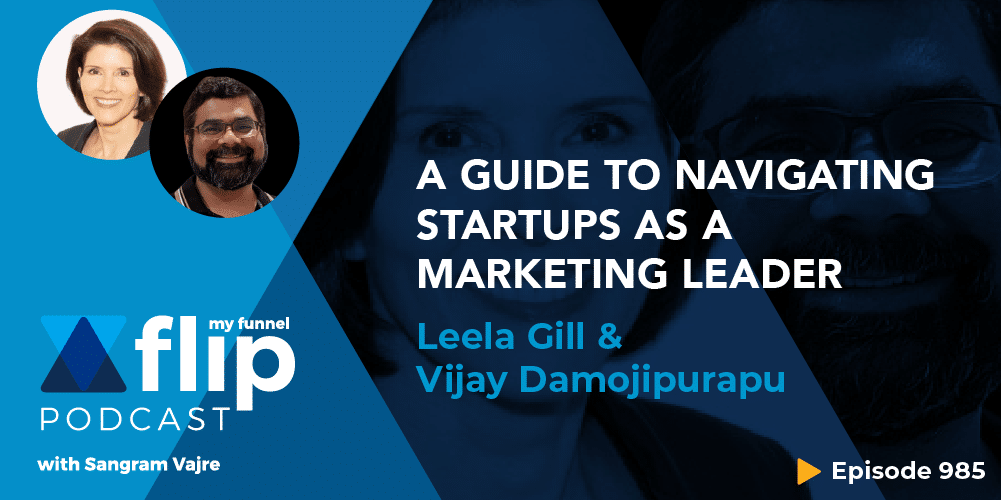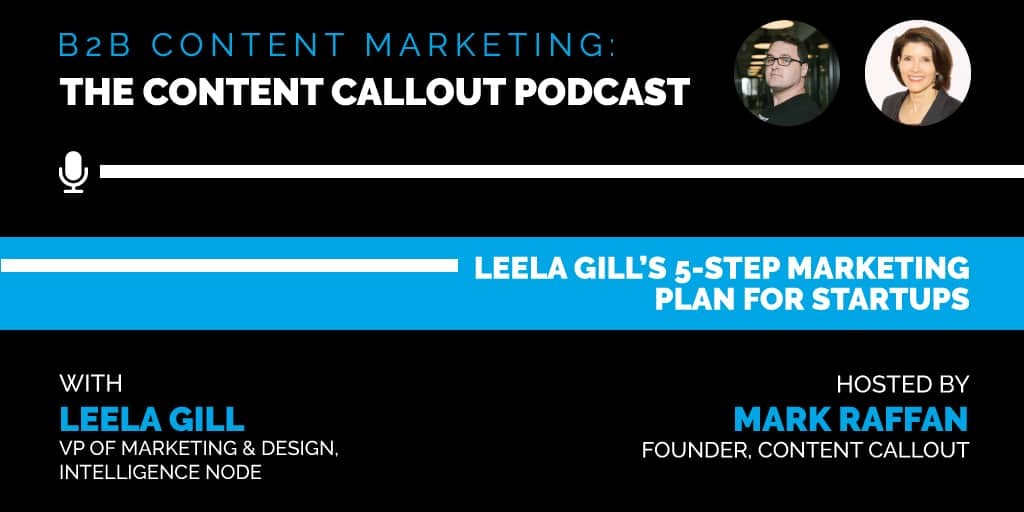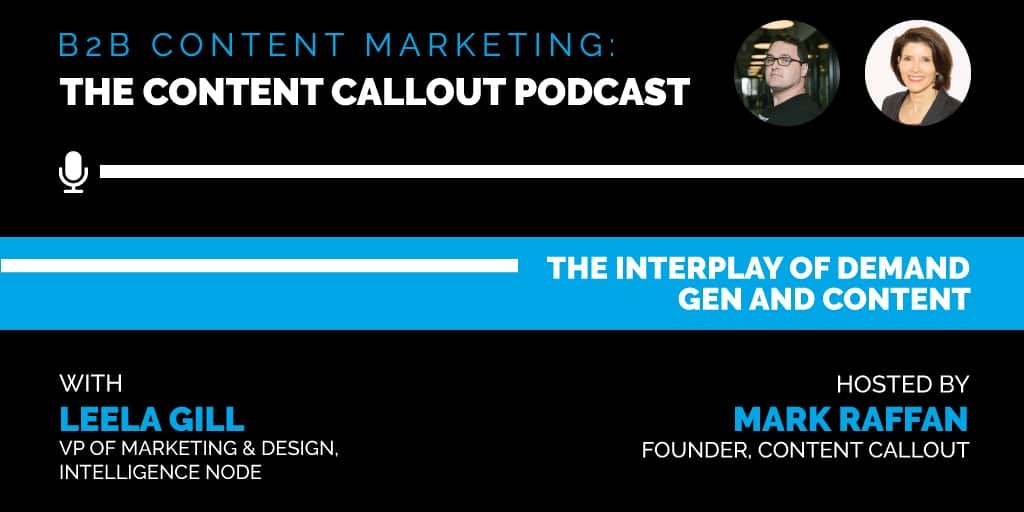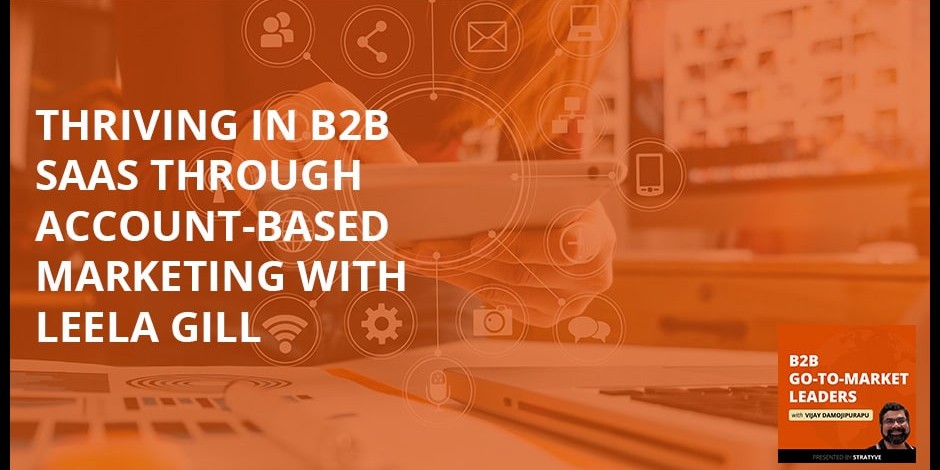It is estimated that over a million tech startups are formed every year globally. And, according to an article on TechCrunch, about 60% of startups don’t make it to Series A and even less make it to Series B and beyond. The takeaway? Early-stage companies are like a swimming frenzy of baby sea turtles — survival is rough and the odds are tough.
For those of us who play in this world, we feel that pressure every day. Early-stage marketing leaders are in the hot seat. Some might say it is the penultimate driving force for creativity. We must create something from nothing to survive and then help it grow, fast.
We all know that startup companies are fast-paced and experimental by nature — the antithesis of the process-oriented and predictable large enterprise. However, implementing a few repeatable strategic business practices can help Series A and B teams navigate the ready-fire-aim environment with purpose. It’s true that there is no silver bullet, but this five-point leadership framework can help marketing leaders reach the next stage of development.
1. Audit where you are every quarter.
One of the most important priorities for early-stage marketing leaders is to develop a clearly defined ideal customer profile (ICP), as this can mean the difference between effective campaigns and ones that fail. One of the first habits to form is auditing your closed-won deals every quarter and mapping the top five to 10 attributes that made them an ICP for your business. Then, look at your sales qualification criteria and determine if you are asking the right questions to generate viable leads. If not, revise and retrain your teams.
Growth marketers should also audit:
• The buyer persona: Have you correctly characterized the person within the ICP to whom you want to sell? It is very likely that your ICP and personas will change over time, so this auditing process will help you adjust quickly when needed.
• Brand promise: Has it been established, and are you sticking to it?
• Value proposition: Do your ICP and personas agree with your company’s value proposition? When you talk to your customers, are you using the words they use when they describe the benefits of your solution?
• Customer relationship management (CRM): Are you keeping your data clean and segmented so you can communicate effectively with prospects?
• Collateral: Does your collateral cover the fundamental content needs, including proper sales messaging, product sheets, brand and product videos, best practice e-books and SEO blog posts?
2. Focus your budget on conversion and pipeline growth.
It’s tempting to want to do it all — brand, demand, fancy tech stack, PR, AR and more — but at this stage, your marketing budget needs to be allocated to generating qualified leads for your sales team. Period. Focus your dollars on activities like paid advertising, events and content that converts.
What should your budget be? According to a recent SaaS-Capital benchmark report, early-stage SaaS companies can spend approximately 15% of annual recurring revenue (ARR) on marketing. So, if your ARR is $5M, you can expect a marketing budget of around $750K, of which approximately 45% to 50% should be spent on headcount and the remainder allocated to programs.
And according to one article, if you are well-funded, your customer acquisition cost (your total sales and marketing cost divided by the number of closed deals) can be up to 50% of your first-year average contract value.
3. Quantify team strengths, hire for the gaps and upskill constantly.
In the beginning, you will hire one or two marketers. This team must be versatile and capable of managing multiple components of marketing all at once, including content, demand generation and search engine marketing (SEM) basics. Don’t make the mistake of hiring junior people; you need team members who can run programs without much assistance.
When you get to Series B, you should have the core marketing skill sets on board: product marketing, marketing operations, content SME, demand gen, digital and creative. If you are missing any of these core skills, you should fill the gaps with an agency or upskill your team.
To grow, you need to honestly assess your team’s strengths. Take the time to create a quarterly performance process that includes a skills audit and builds in upskilling and learning as part of your marketing culture.
4. Align around product strategy.
To create focus and speed, align your marketing events around the product road map and push for new product events every quarter. This operating model, also known as “the cadence methodology,” was developed by venture capitalist and former Yammer CEO David Sacks. This model works because the whole company focuses on product innovation. Then, it is marketing’s job to promote the new features every quarter via event marketing.
5. Take aim at your exit criteria.
In the B round, revenue expectations are high and forgiveness is scarce. As a marketing leader, you need to grow while keeping your eye on your exit criteria: Series C funding. Here is my punch list to ensure you get to the next funding round:
• A clear definition of your target market, ICP and persona.
• A documented and proven brand promise and value proposition.
• Alignment and broad communication of the go-to-market strategy from senior leadership.
• Excellent sales and marketing alignment around process and tech stack.
• Knowledge of the most effective marketing channels.
• A quarterly business cadence and reporting framework.
• Documentation of your key processes (to scale).
• Customers who talk about your products positively and often.
• Hitting your revenue growth goals.
As early-stage marketing leaders, we face a myriad of challenges, but a strong leadership framework — one that centers around building good habits and processes early — can exponentially increase your chances of receiving Series C funding and beyond.
Related Posts:
Influencers, Brand Ambassadors and Raving Fans – and Why You Need All Three
For marketers, influencers, brand ambassadors, and raving fans can create a significant differentiator…
Marketing as a Revenue Generator and Catalyst for Change
Marketing is a change catalyst, calling customers to change and jump on, and it also helps the organization…
A Guide To Navigating Startups as a Marketing Leader
It can’t be understated: Being a marketing leader of a startup can be crazy and chaotic. Out of the million…
A 5-Step Marketing Plan for Startups
As a marketing professional working in a startup, do you know how to help your company grow revenue? How is…
Building A Diverse And Equitable Business: The Role Of Marketing
Jesse Jackson once said, “Inclusion is not a matter of political correctness. It is the key to growth.” This…
B2B Marketing: What We Can Do To Help Save The Planet
The COVID-19 pandemic is the biggest business challenge of a generation. Organizations scramble to establish…
The Interplay of Demand Gen and Content with Leela Gill
The COVID-19 pandemic is the biggest business challenge of a generation. Organizations scramble to establish…
Social Media: Getting Above the Noise
The COVID-19 pandemic is the biggest business challenge of a generation. Organizations scramble to establish…
Thriving In B2B SaaS Through Account-Based Marketing With Leela Gill
The COVID-19 pandemic is the biggest business challenge of a generation. Organizations scramble to establish…









